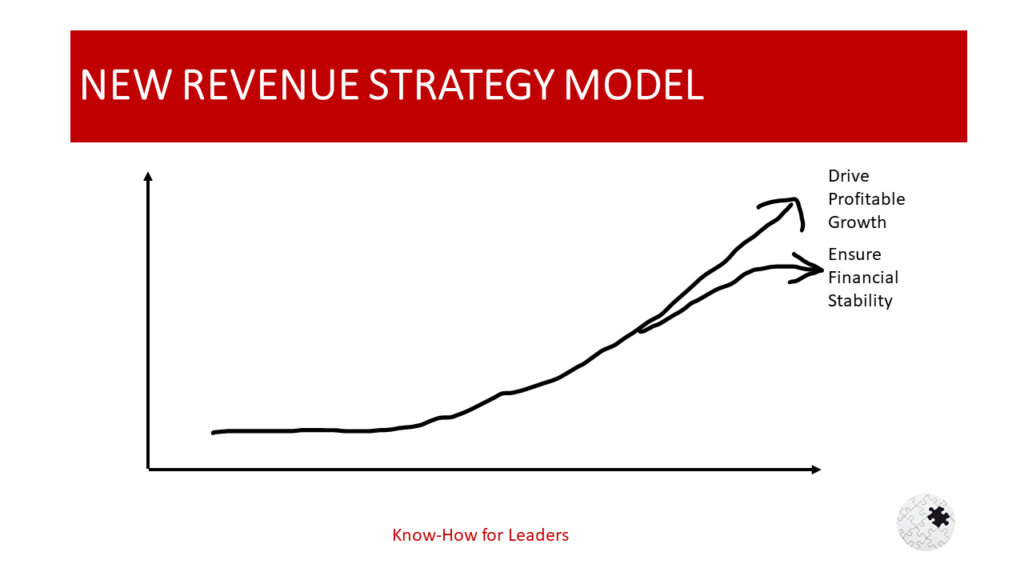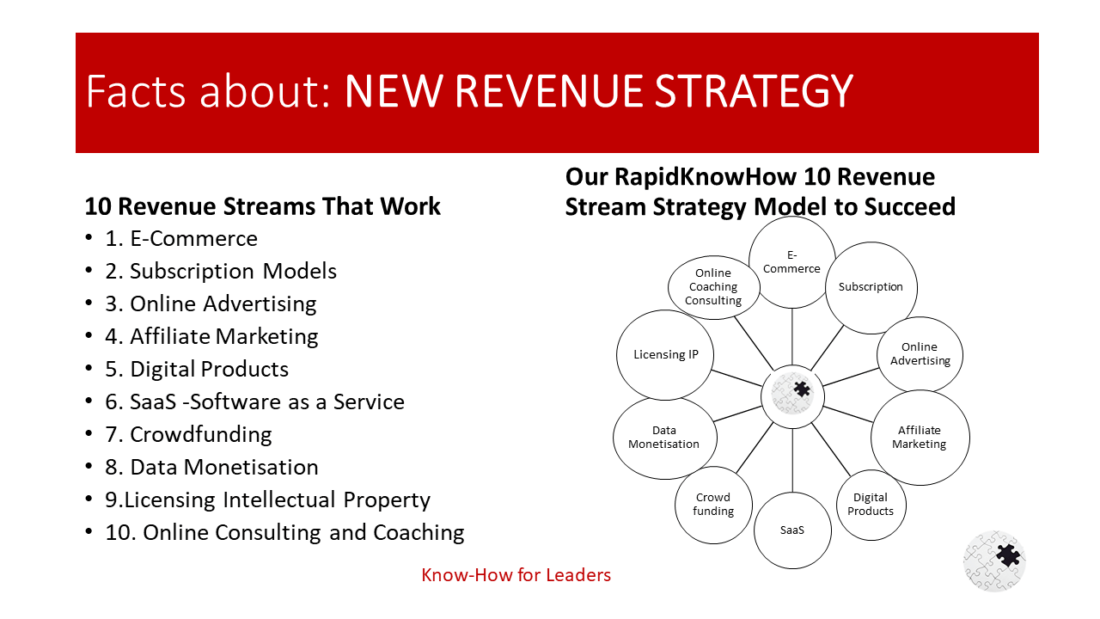Problem
In the digital age, businesses are constantly seeking innovative ways to generate revenue. Traditional methods of income generation are no longer sufficient in the face of rapid technological advancements and changing consumer behaviour. Businesses, whether B2B, B2C or government entities, are grappling with the challenge of identifying and implementing effective revenue streams that can sustain their operations and drive growth. The problem is further compounded by the lack of knowledge and understanding about the various revenue streams available in the digital space.
Impact
The inability to identify and leverage suitable revenue streams can have a detrimental impact on a business’s financial health. It can lead to reduced profitability, stunted growth, and in extreme cases, business failure.
For government entities, it could mean reduced public service delivery due to inadequate funding. In today’s competitive business environment, relying solely on traditional revenue streams is not only unsustainable but also risky.
Businesses need to diversify their income sources to cushion against market volatility and ensure financial stability.
10 Best Revenue Streams in the Digital Age
1. E-commerce: Selling products or services online opens up a global market for businesses.
2. Subscription Models: This involves charging customers a recurring fee for access to a product or service.
3. Online Advertising: Businesses can earn revenue by hosting ads on their websites or social media platforms.
4. Affiliate Marketing: This involves earning commissions by promoting other companies’ products or services.
5. Digital Products: Selling digital products like e-books, online courses, software, etc., can be a lucrative revenue stream.
6. Software as a Service (SaaS): This involves providing access to software applications over the internet for a subscription fee.
7. Crowdfunding: This involves raising small amounts of money from a large number of people, typically via the Internet.
8. Data Monetisation: Businesses can sell data they collect from their operations or use it to offer personalised services for a fee.
9. Licensing Intellectual Property: This involves charging a fee for the use of a business’s intellectual property.
10. Online Consulting and Coaching: Professionals can offer their expertise online for a fee.
Case Studies from B2B, Government, B2C
1. B2B: Adobe transitioned from selling software in boxes to a cloud-based subscription model (SaaS), significantly boosting its revenue.
2. Government: The UK government monetises its data by selling it to businesses and researchers.
3. B2C: Amazon leverages e-commerce, online advertising, and data monetisation to generate billions in revenue.
Get Started to Establish New Revenue Streams Step-by-Step
1. Identify Potential Revenue Streams: Research and brainstorm potential revenue streams that align with your business model and target market.
2. Evaluate Feasibility: Assess the feasibility of each revenue stream considering your resources, capabilities, and market demand.
3. Develop a Strategy: Develop a comprehensive strategy for implementing the chosen revenue streams.
4. Implement: Execute the strategy, ensuring all necessary systems, processes, and resources are in place.
5. Monitor and Adjust: Regularly monitor the performance of each revenue stream and make necessary adjustments for optimal results.
Conclusion
In conclusion, diversifying revenue streams is crucial for businesses in the digital age. The ten revenue streams highlighted offer viable options for businesses across different sectors. However, successful implementation requires careful planning, strategic execution, and continuous monitoring and adjustment. By doing so, businesses can ensure financial stability and foster sustainable growth in today’s dynamic digital landscape.





